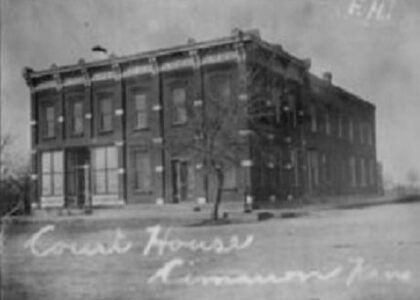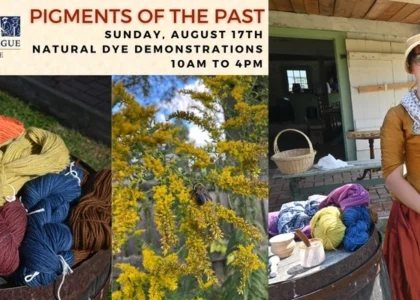Welcome to the legacy of Brian O’Doherty in Roscommon, a captivating site that pays tribute to an influential figure in the arts and culture landscape of Ireland and beyond. While the exact founding details of this location remain sparse, Brian O’Doherty’s impact is deeply etched in the annals of modern art history. Born in Ballaghaderreen, County Roscommon, in 1928, O’Doherty was a man of many talents: an artist, writer, and critic whose work achieved international acclaim. Perhaps best known for his contributions to conceptual art, O’Doherty’s influence extended across the Atlantic to the vibrant art scenes of New York City, where he was a prominent figure.
O’Doherty’s most notable contribution was the development of the ‘white cube’ gallery concept, which revolutionized how art is displayed and perceived. His writings under the pseudonym Patrick Ireland critiqued the art world and challenged traditional norms. In 1972, he adopted this pseudonym as a protest against the Bloody Sunday killings in Northern Ireland, making a powerful statement on the intersection of art and politics.
Throughout his life, O’Doherty maintained a deep connection to his Irish roots, often returning to Roscommon. His legacy in this region is celebrated through various cultural initiatives and exhibitions that honor his work and influence. These events draw art enthusiasts and scholars who wish to delve deeper into his creative journey and the broader context of Irish art history.
Over the years, Roscommon has evolved, with O’Doherty’s legacy providing a cultural anchor that highlights the county’s artistic contributions to both national and global audiences. His interactions with other notable figures, such as Marcel Duchamp and Jasper Johns, positioned him as a key player in the art world.
As you explore this site, consider how O’Doherty’s commitment to challenging norms and his innovative spirit continue to inspire new generations of artists. His life’s work stands as a testament to the power of art in shaping societal discourse and cultural identity.





